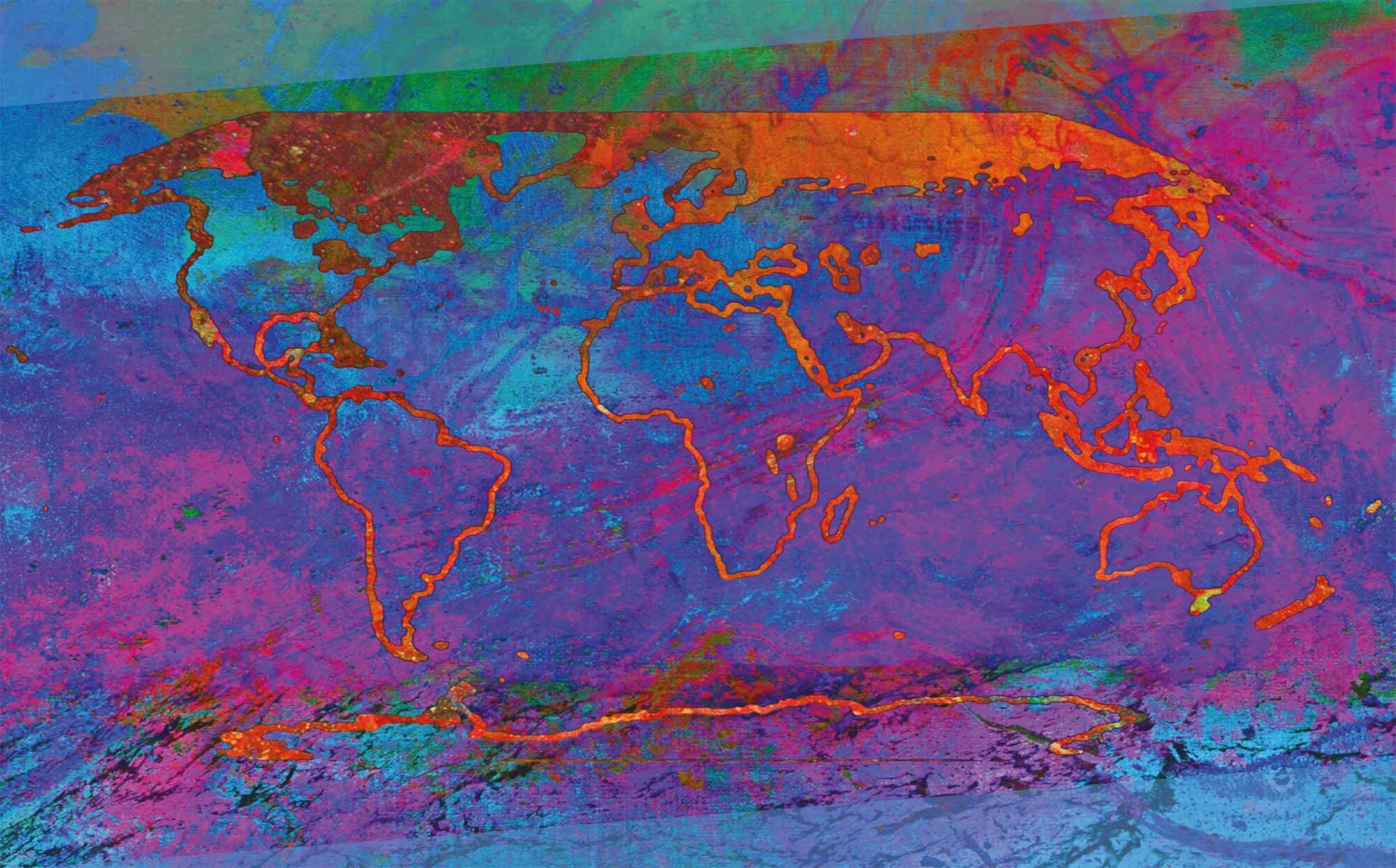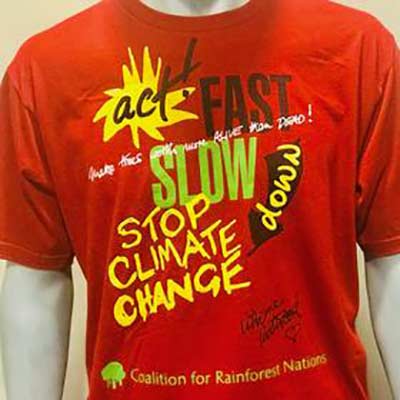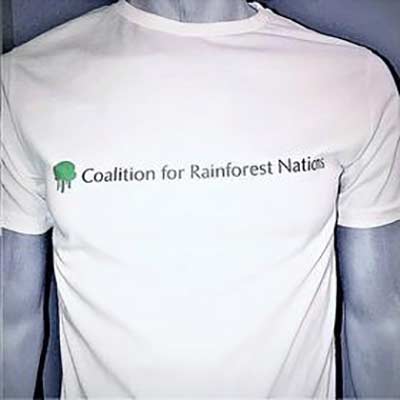
IPCC Climate Expert Thelma Krug on Summer Heat
By Jill Baker
This summer, unprecedented high temperatures broke regional records in a deadly way. Accompanying drought compounded the damage. Forest fires raged. And the combination threatened crop yields and livelihoods. The latest climate science from the Intergovernmental Panel on Climate Change, the arm of the United Nations that assesses the climate science that informs the Paris Agreement, points to more to come if greenhouse gas emissions continue unabated.
In its Sixth Assessment Report, “Climate Change 2021: The Physical Science Basis,” the IPCC devotes an entire chapter to “Weather and Climate Extreme Events in a Changing Climate.” The big picture takeaway is that as warming continues, the climate moves further away from its familiar historical state, resulting in an increased likelihood of unprecedented events and surprises.
Experience seems to be bearing this out. This year, India and Pakistan sweltered in their hottest March on record. Blackouts from an overwhelmed grid led to more heat-related suffering, testing a public health system already strained by the COVID-19 pandemic. By May, temperatures hit an unbearable 50 °C (122 degrees Fahrenheit) - a spike scientists said was 30 times more likely because of climate change.
Tunisia’s capital city Tunis hit 48 °C (118 degrees Fahrenheit), breaking a 40-year record. The heat has damaged the country’s grain crop, as it has crops in other countries. The yields of key crops in Europe and India are reported to be sharply reduced from heatwaves and drought. And China’s autumn harvest is threatened by the same factors.
A drought and heatwave kindled wildfires in Portugal, Spain, and parts of France. In Italy on July 3 heat contributed to the collapse of a portion of the Marmolada Glacier in the Dolomites. A resulting avalanche killed 11 hikers. And major European rivers including the Danube, Rhine, and Po are drying up.
In the case of the Rhine, this makes transport of coal by river impossible, lessening Germany’s ability to use coal as a backup energy source in the face of Russian gas cuts.
China’s Chongqing Province recorded its hottest day ever on August 14th, hitting 44.5 C. Failing hydropower resources in Sichuan province has led to rolling blackouts, and power rationing has ensued. And Iran’s Meteorological Organization verified that on August 9th, a temperature of 53.6 °C was recorded in the city of Shush. That is 128 degrees Fahrenheit.
“Weather and climate extremes, such as heatwaves, heavy precipitation, droughts, and tropical cyclones that are affecting every region of the globe can be attributed to human influence,” says Thelma Krug, Vice-Chair of the Intergovernmental Panel on Climate Change (IPCC). Dr. Krug also serves as the lead technical expert for the Coalition for Rainforest Nations.
“In the case of hot extremes, including heatwaves, there is high confidence that the main driver is related to human-induced climate change,” Krug said.
In an email for this article, Dr. Krug noted that another conclusion climate science draws is that human-made emissions are increasing the chance of “compound events,” like heatwaves and droughts that occur together. The IPCC’s work, she writes, points to “the likely human influence in the increased chance of compound extreme events since 1950. This includes increases in the frequency of heatwaves coupled with droughts, on the global scale, and with fire weather in some regions.”
Despite several positive developments for coordinated global action under the Paris Agreement, including the U.S. – the world’s second-largest emitter of greenhouse gasses -- re-joining the Agreement under President Biden, the planet is on a dangerous warming track. The Paris Agreement’s goal is to limit median global warming to a tolerable 1.5°C by 2100. Without a strengthening of policies beyond those in place by the end of 2020, GHG emissions are projected to rise beyond 2025, leading to a median global warming of 3.2°C by 2100, Krug confirms.
Krug underscores the warning from the IPCC that with every additional increment of global warming, changes in extremes become increasingly larger. “Even if the world is successful in limiting global warming to 1.5oC, there will be an increasing occurrence of some extreme events unprecedented in the observational record.” She highlights that the Arctic is projected to experience the highest increase in the temperature of the coldest days, at about 3 times the rate of global warming.
So what can we do about it? The IPCC recently released a new report entitled “Climate Change 2022: Mitigation of Climate Change.” The report offers a series of mitigation options in all sectors to reduce emissions at the source or enhance the sinks of greenhouse gases. One of the most immediate and cost effective is changing our land use practices to include more sustainable agriculture and preserving existing carbon sinks like forest land, including rainforests. Further, the IPCC has been clear, there is no way of meeting the 1.5 climate goal without reversing deforestation. (The full range of mitigation options can be seen here in a graphic that breaks out the costs and potentials of various mitigation options.)
At the level of communities, deaths from extreme heat can be dramatically reduced by heat action plans that brace for the additional impact of a hotter planet. These incorporate heatwave early warning systems so that people can take precautions and go to cooling shelters. Energy efficient air conditioning and district cooling are viable, scalable options to help the developing world, which sits at the nexus of climate change and development. Even simple solutions like painting roofs white, increasing retrofits to make buildings more energy efficient, and eliminating urban heat island effect will be essential as temperatures rise.
“In the IPCC Mitigation report, there are mitigation options for all sectors that, if implemented, could cut GHG emissions in half by 2030 compared to 2019,” Krug writes. But, it is clear that existing implementation hurdles remain.
What are the challenges? “There are barriers to be overcome, including financing barriers in developing countries. Other barriers include institutional, technological, socio-cultural, and environmental which are specific of each country, Krug said.
Perhaps this summer will serve as a wakeup call to policy makers and citizens alike.


